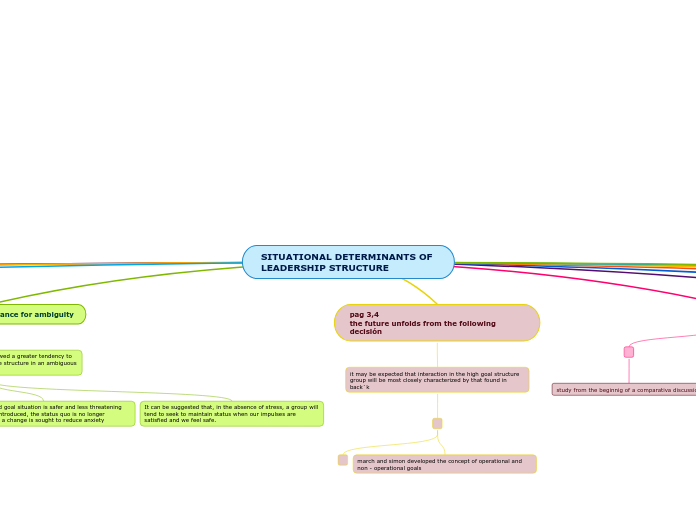av DEICY ALEJANDRA RODRIGUEZ PELAEZ 4 år siden
296
SITUATIONAL DETERMINANTS OF LEADERSHIP STRUCTURE
In examining the determinants of leadership structure, two primary styles are highlighted: democratic and authoritarian leadership. Democratic leadership allows group members the freedom to choose their collaborators and divide tasks among themselves, with the leader offering multiple procedures from which the group can decide.









